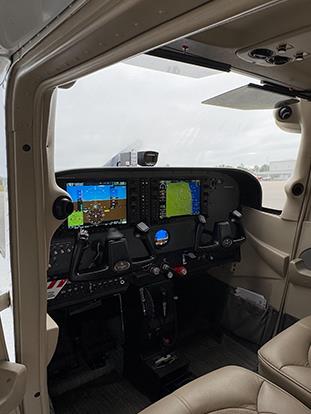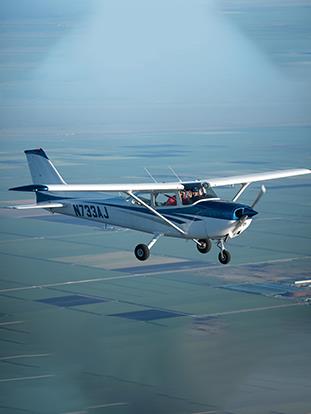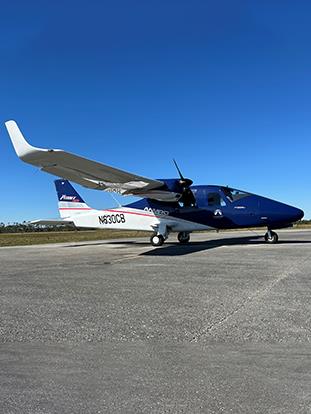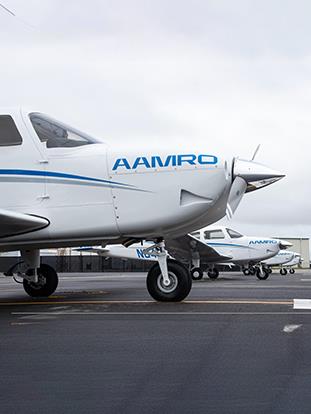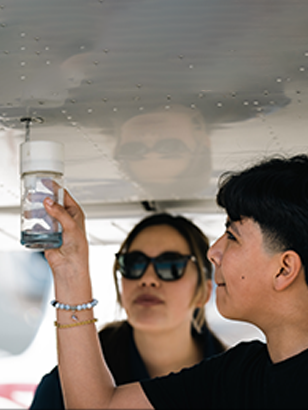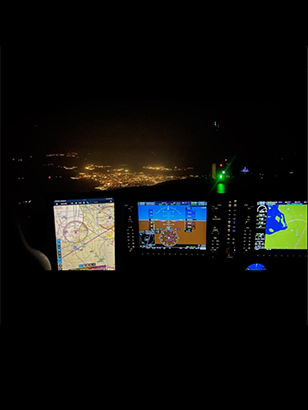It is necessary for a Commercial Pilot to know all professional terms used in the Aviation industry like the back of their hand, which are otherwise not known to the public. As complex as they sound, these terms have simple meanings most times.
Instrument rating is the qualification a pilot requires to fly in certain conditions. These ratings fall under the Instrument Flight Rules (IFR). To gain the Instrument Rating qualification, a pilot needs to undergo additional training specific to this course. These trainings involve instructions that are beyond the ones given during Private Pilot License or Commercial Pilot License. This includes rules for Instrument flying, instructions for meteorology and intensive flight training by reference to instruments.
In the Instrument Rating training, they teach a candidate about the different instruments present in the cockpit. For e.g.: an artificial horizon indicator. This training is important because it helps a pilot understand whether the plane they are flying is in a good condition or not. Due to this training, a pilot understands his plane like a doctor understands his patients. In addition, with the instrument rating training in hand, a pilot is capable of landing the plane without looking through the window, which is otherwise called a bling landing. It helps a pilot understand the exact location of the runways and glide paths in case of poor visibility. In case of dense fog or poor weather conditions, Instrument Rating training comes in handy.
Likewise, a pilot can also get the training for Multi Engine Rating. Multi Engine Rating is the training that helps pilots to fly aircrafts with two or more engines. It is crucial for a pilot to gain this training, as Multi Engine planes are completely different from a Single Engine plane. The procedure to start the engine, the landing of the plane, making an emergency landing etc. are different in a Multi Engine plane.
Thus, both Instrument Rating and Multi Engine Rating are crucial for any Commercial Pilot to master his/her flying.

